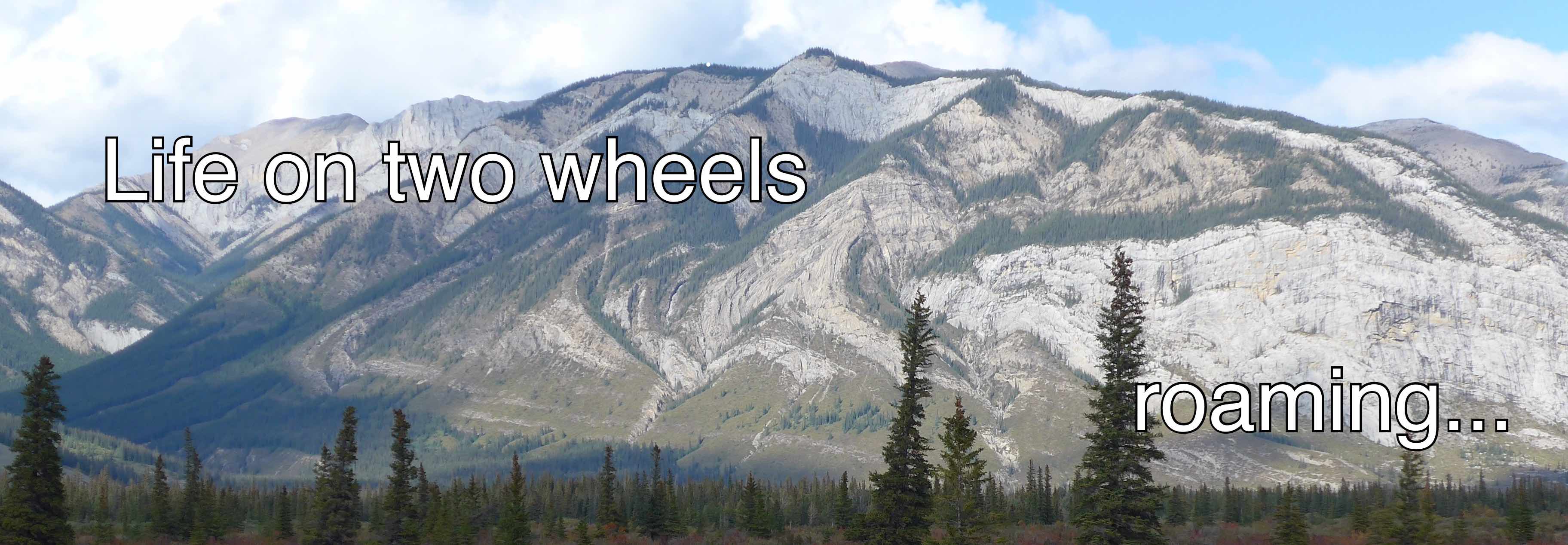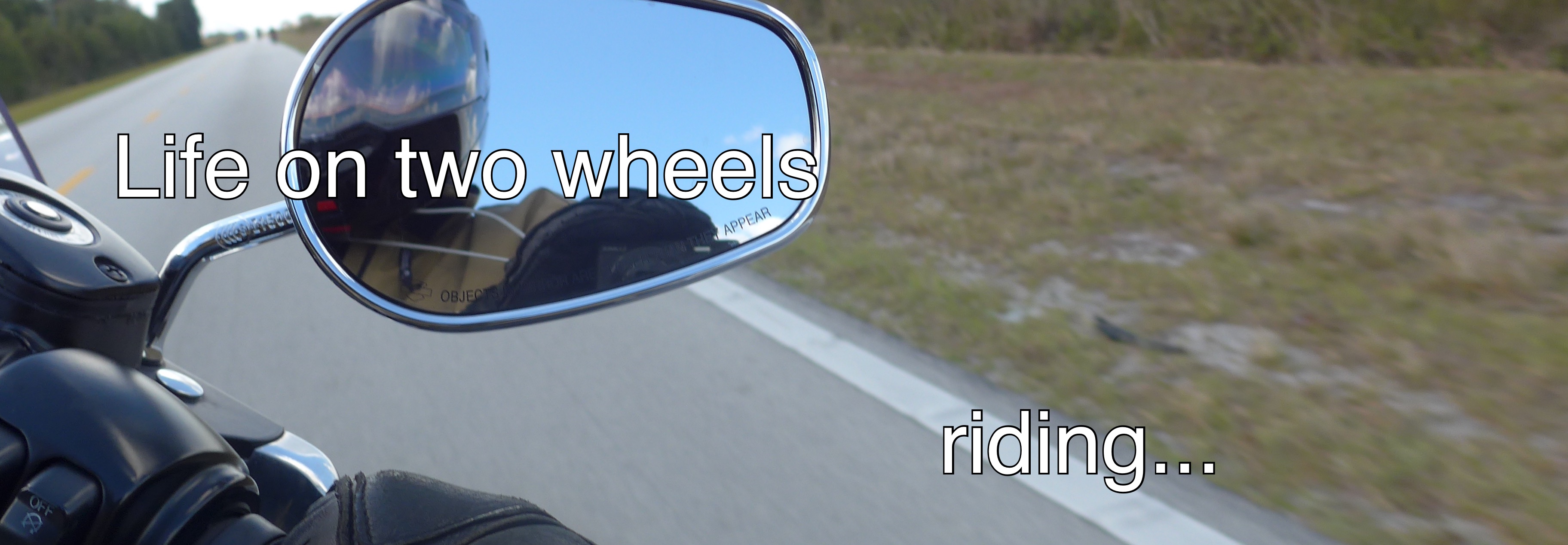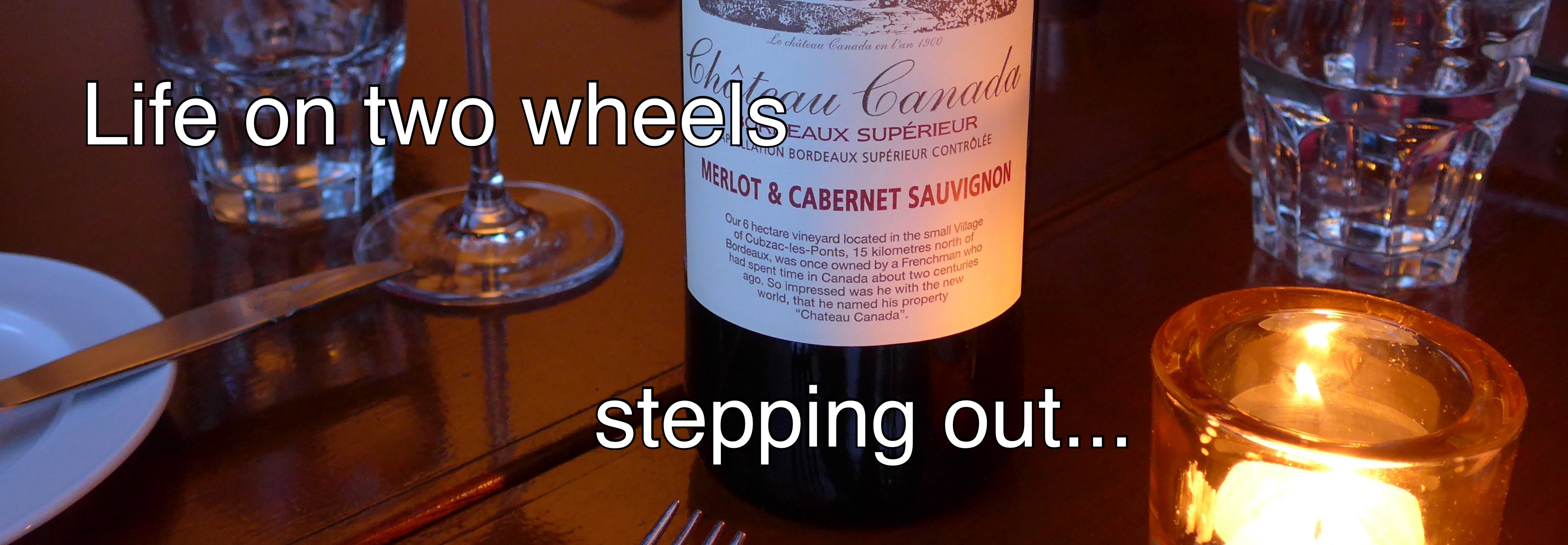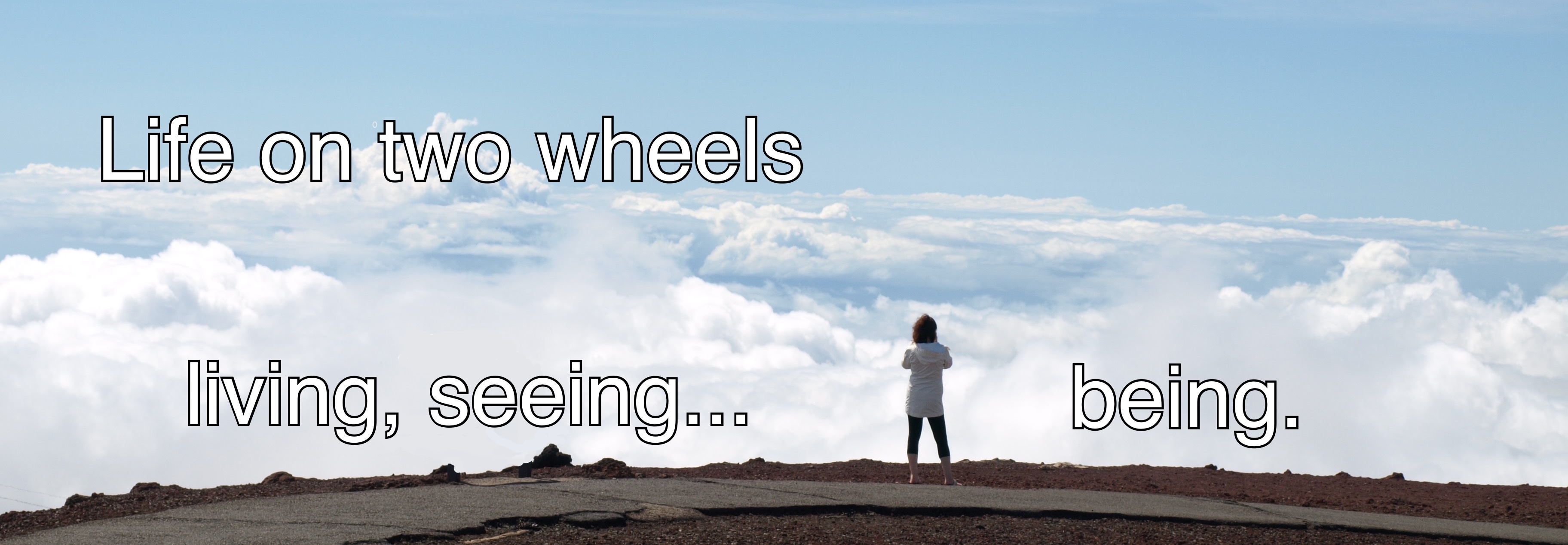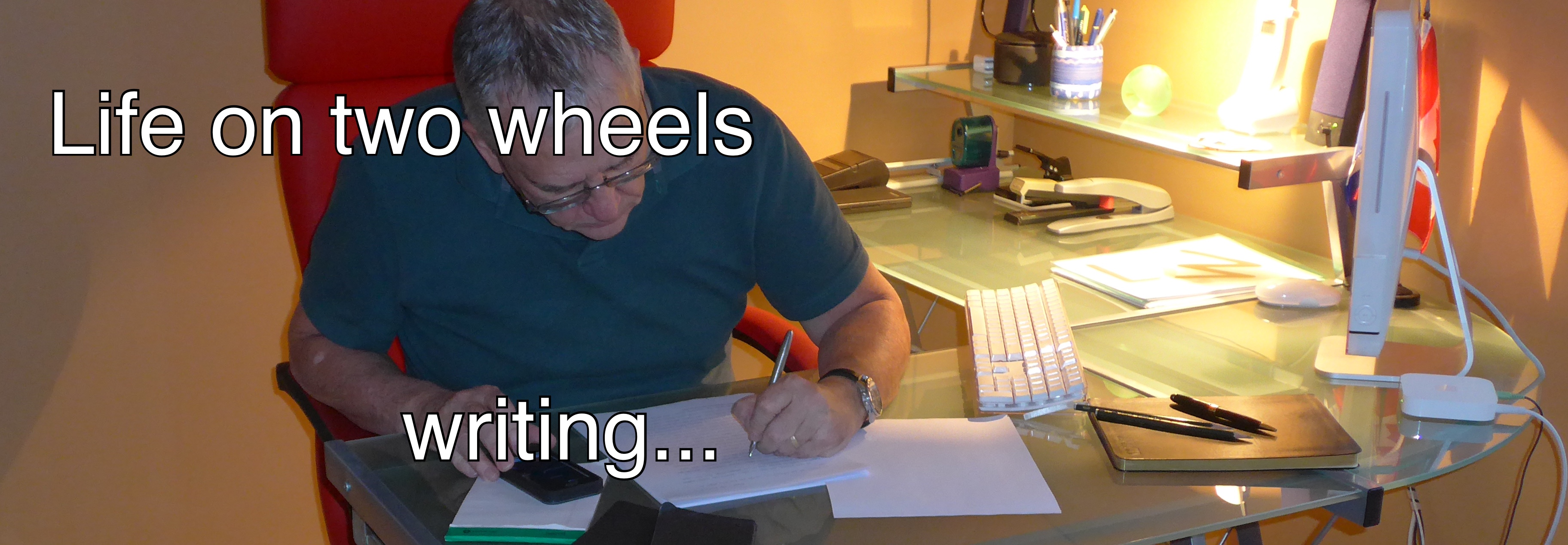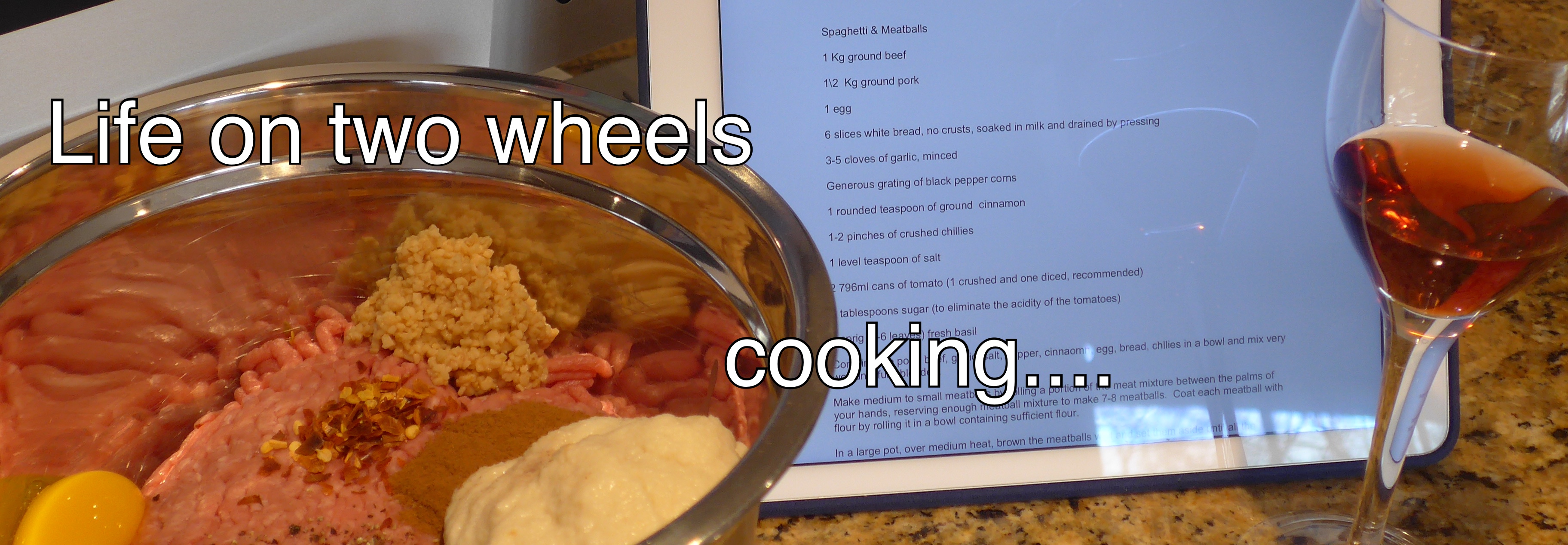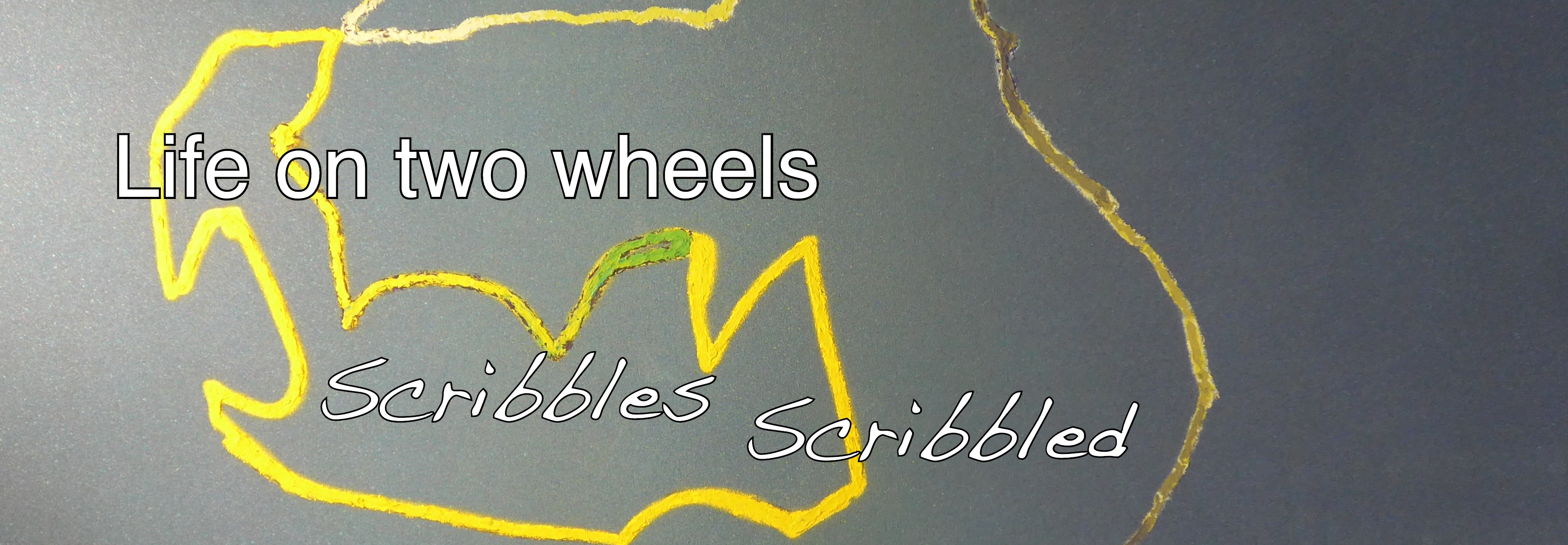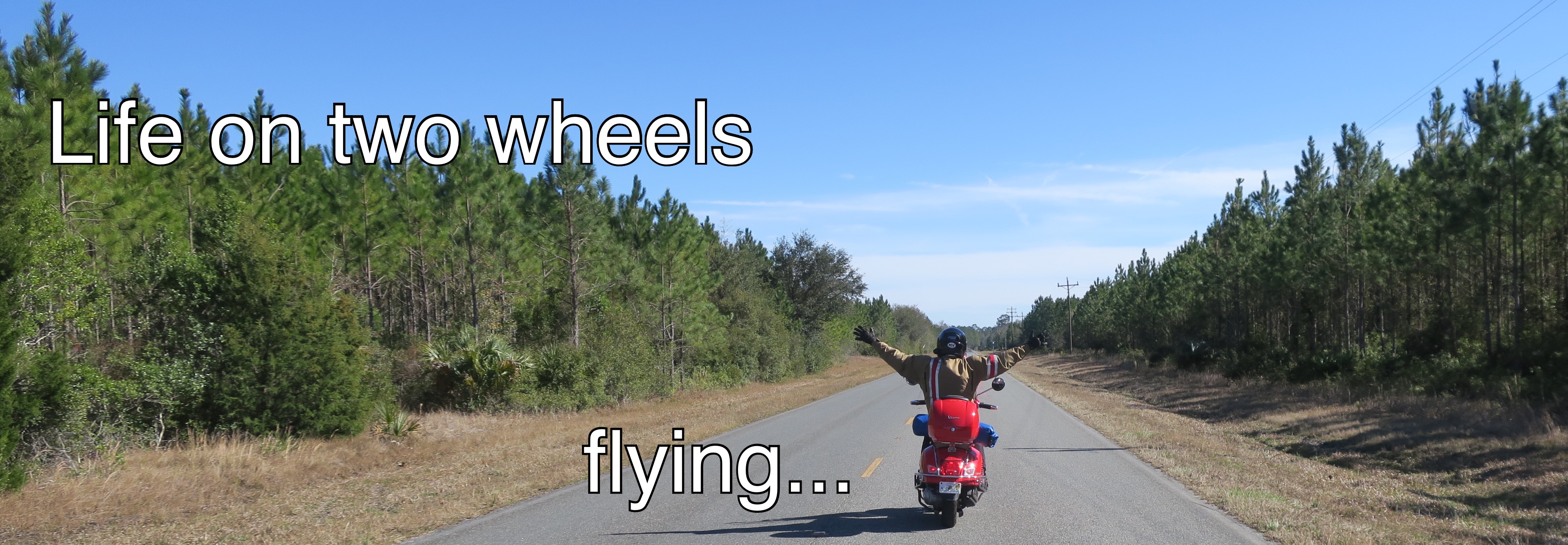Hi there!
Bookbinding is actually very far removed from farming, even if the title of this post sounds like it might be about farming.
So why sewing?
To make a book you need many signatures, and no, I'm not talking about anything to do with petitions. I'll do a separate post on signatures since they have their own very exquisite complexities and can result in a lot of head-scratching. Suffice to say that a signature is a basically a booklet. In the case of my book, we're talking about four sheets of letter-size paper, 8 1/2" by 11", with two pages of the book printed on each side of each sheet, so four book pages on each sheet, resulting in each signature containing 16 pages of the eventual book. In the case of my book there are 22 four-sheet 16 page signatures, and one five-sheet 20 page signature.
To make each signature, once the four sheets are printed, they are folded in half, all together, so that they are nested. If the signature plan is right, and they were printed correctly, when you turn the pages of the first signature you will find pages 1 to 16 in the correct order. Once I did all the printing and folding (there will be a separate post just on the art of folding, amazing no?) I had the 23 signatures.
This is where the sewing comes in. Oh... right, did you punch holes in the signatures? Check out my post on hole punching if that's something you plan on doing.
A special kind of waxed thread is used to sew the signatures together. Depending on the technique you choose (there are many) you will need a weird curved needle, the waxed thread, a template and a piercing cradle to make sure that the holes all line up (see that post), and, in my case, I used a combination of French stitches and kettle stitches. I learned it all from this amazing YouTube post by Chanel of Bitter Melon Bindery.
Here's what I have. It's made up of my 23 signatures, printed on cheap paper with my Hewlett Packard black and white laser printer. I printed them to make sure they were right, and for proof-reading. As you can see, they have been sewed, and a layer of glue has been applied.
What you are seeing is kettle stitches at each end, and French stitches in the middle. It looks pretty good, but looks can be deceiving.
So why ploughing?
It's all about uneven edges.
With 23 signatures, even if the folding was meticulous, and the sewing was really, really good (this is only my second attempt, so no, it's not), inevitably the edges of the signatures don't line up as you see with even the cheapest paperback, or a commercial pamphlet.
The solution is simple.
Well, no it's not, at best it's simple-ish. Professional artisanal bookbinders use massive wooden ploughs with a kind of a special matched tool like a hand-held wood plane that runs back and forth across the edge of the book and trims the edges. Industrial outfits use massive hydraulic gillotines to do the job. So what the heck am I doing?
The key turns out to be a skiving knife
Since I'm only going to produce, at most, one or two books, it doesn't make sense to invest in a plough. An alternative approach is to use a sharp knife to trim the page edges. First you need a setup using a book press and some scrap book board. The trick is press the book once it has been sewn leaving the edge to be trimmed aligned with the edge of the press set up.
As with every aspect of this project, I am deeply aware that trial and error will be the key to eventual success. Another key ingredient is making do with homemade tools to the extent possible. The trick is to know where to draw the line. It is possible to be too cheap.
To figure out the do-it-yourself book press trimming method, I am learning from a master bookbinder's insightful course on edge trimming that he was kind and considerate to post on YouTube. If you are seriously considering binding a book, watch this video by DAS Bookbinding.
I live in a condo and my home office is my workshop. That means that I don't have the tools handy that my Dad had in this home wooodworking shop. For instance, the only grinder I have is my Dremel. That means that repurposing a wood chisel into a proper skiving knife by rounding the edge, is out of the question.
First I tried trimming with my scalpel - blade's too small and too short, and the edge is tapered on both sides of the blade. Then I tried, multiple times, with my box cutter. It kind of worked, and the trim was 'OK', but not good enough. These attempts were applied to my first 11 signature attempts, the experimental ones that taught me how to make proper signatures.
So I ordered a proper skiving knife from Lee Valley.
It is perfect, the edge is perfect, and it is beautifully Zen, with its plain wood handle, and a blade that came stunningly sharp. That it is made in Japan delighted me. I wasn't expecting that.
Why was I delighted, you ask. That's a good question. Allow me to digress a little.
The other day I was trimming bookboard with my scalpel. Depending on whether I am cutting with the grain or against it, and whether I am using a fresh blade, it takes me from 75 to 143 passes with the scalpel to complete the cut.
That takes concentration, and a lot of patience. Getting ready for our imminent trip to Japan, I bought an album of modern Zen Japanese music on iTunes. To complement the wonderful calming serene musical backdrop, I posted this image on my iPad, taken from a recent newspaper article on the best places to see in Japan, so I could contemplate the image while I took pass, after pass, after pass with my scalpel. Me being me, I counted my passes ("... 54, 55, 56, 57...").
I suspect you may feel that this a poor way to spend my precious time, but I assure you, it made me feel... very "Zen". When the cut completed and the board separated, and I saw that the edge was close to perfect, it was a source of deep satisfaction.
Practice makes perfect
That is so true.
This project of mine has two test books, and hopefully one final attempt that will be close enough to perfection. My fingers are tightly crossed.
Where do things stand?
As mentioned earlier, I have at present two test books.
The first test is truly trashy. It consists of the earliest signature tests, something like 10 or 11 signatures. As I worked on this initial test, I also started experimenting with covers. The cover and the book are closely related but in fact are completely separate until the very end.
The first test cover was just glued to the first book test, and the 'finished' book will sit in the book press overnight. I'll share that little saga in an upcoming post. For now all I can share is that it has a brown leather cover, with a 'window' on the front cover that reveals the cover art. It has many flaws. The good news, I think, is that I have learned a lot from the first test.
The second test will attempt to come much closer to the final product. At present that second test book has been folded, sewn and glued, that's all. The good news is that all the pages are right side up, and all in the right order, from the introduction to the conclusion.
Stay tuned. That's all for now.
Feel free to ask questions in the comments. I promise to do my best to answer them.
Bye for now.
